ONS PROGRAMS
Program Highlights
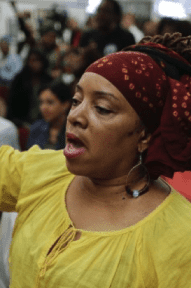
Violence Interrupter:
Iesha Sekou
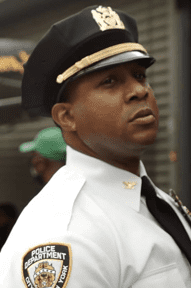
Changemaker:
Terrell Anderson
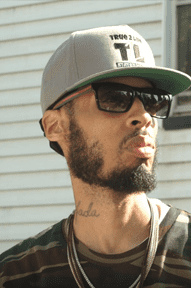
Violence Interrupter:
Iron Mike Perry
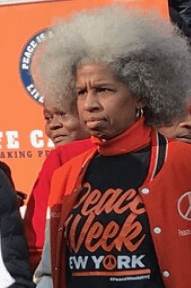
Peace Negotiator:
Erica Ford
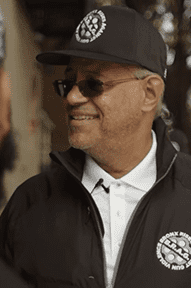
Credible Messenger:
David Caba
A BRIEF HISTORY
The foundation of the Office to Prevent Gun Violence (OPGV) and the Crisis Management System’s (CMS) community-based violence interrupters was established years ago by some of the same partners that make up today’s CMS network. Small, grassroots organizations in neighborhoods hit hard by gun violence have been developing innovative ways to break the cycles of violence—especially among young people—and to work to address the environmental, economic, and structural issues that contribute to increased levels of crime.
The City’s first steps towards creating a community-led approach to gun violence were taken in 2011 when then-Council Speaker Christine Quinn initiated an anti-gun violence taskforce and invited leaders from community groups to join—many of whom came from similar adverse backgrounds. The taskforce recognized the promising efforts coming out of Chicago, with a program called CeaseFire, now known as Cure Violence, and New York’s anti-gun violence community adopted the Chicago model. Beginning in Spring 2012, the City launched its first Cure Violence programs in key communities, joining several other anti-gun violence initiatives already operating with funding from New York State.
A BRIEF HISTORY
In 2014, Mayor Bill de Blasio’s administration established the Crisis Management System (CMS): a network of community-led organizations that, utilizing credible messengers, operates in communities where gun violence is prevalent. When it was launched, CMS was made up of dozens of providers operating in 15 police precincts in Brooklyn, Manhattan, the Bronx, and Queens.
The scope of work also expanded through OPGV, from primarily street outreach to the City’s most vulnerable population, to include conflict mediation, therapeutic and mental health services, hospital outreach and prevention, and legal aid services. These wrap-around services were an acknowledgement of the broader public health needs at the root of community conflict with guns.
Mayor de Blasio announced the launch of the Office to Prevent Gun Violence in early 2017 to provide a new level of credibility to the community-led violence reduction movement begun by Cure Violence, which was now officially supported by the Mayor’s Office in America’s largest city.
In 2016
Gun violence dropped
to a 30-year low
A BRIEF HISTORY
The launch of OPGV coincided with a historic drop in crime in New York City: 2016 was the safest year on record for the City and gun violence had dropped to a 30-year low. Research during this period supported the impact CMS, Cure Violence, and the City’s overall gun violence intervention were having in communities. The John Jay College of Criminal Justice’s Research and Evaluation Center studied two Cure Violence sites—Save Our Streets (S.O.S.) South Bronx and Man Up! Inc.’s “Alpha” site in East New York and compared them to demographically similar neighborhoods nearby.
John Jay’s research indicated that gun injuries were down 37% at S.O.S. South Bronx and 50% at Man Up! Inc.’s “Alpha” site, compared to the similarly situated neighborhoods without Cure Violence groups present. Their study concluded that “New York City neighborhoods operating Cure Violence programs show steeper declines in acts of gun violence…compared with similar neighborhoods” without the programming.
A BRIEF HISTORY
OPGV has expanded to support individuals and communities through innovative programming. The office launched a first-of-its-kind year-round youth employment program to engage young people to realize safety in their communities. The “Safe in the City Grant” initiative directly funds violence reduction efforts within communities, empowering residents to find creative solutions. OPGV partnered with families suffering the ongoing damage caused by gun violence to create the Gun Violence Survivors Advisory Council, which advocates from the survivors’ perspective for support and programming.
In late 2019, OPGV merged with the Mayor’s Action Plan for Neighborhood Safety (MAP) and the Atlas program to form the Office of Neighborhood Safety (ONS.). When COVID-19 arrived in early 2020, communities across the City suffered the twin plagues of the pandemic and a sharp rise in gun violence. While many government services halted during the pandemic, ONS expanded its services in response to increased demand. CMS providers mobilized to distribute personal protective equipment and food while continuing to work to reduce gun violence in neighborhoods most at risk.
At the height of the pandemic, the City invested $35 million to expand the Crisis Management System in response to an increase in gun violence, which returned to levels last seen in 2010 and 2011. Despite this increase, gun violence in New York City remained behind the rates seen in other large cities during the pandemic, including Los Angeles, Atlanta, and Washington D.C., none of which have the kind of community-based and led violence interruption network like CMS.
By the start of 2021, more than 40 CMS partners were planning on operating in 28 precincts with the highest rates of gun violence.



